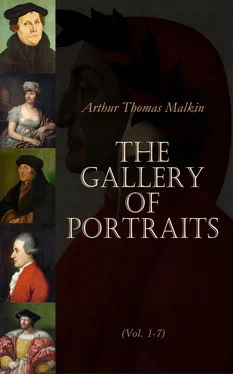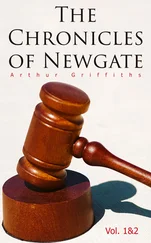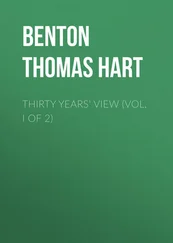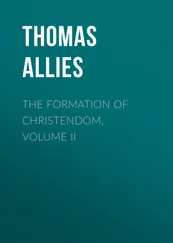The revolution of opinion that has followed the publication of this memorable work was not immediately perceptible: even to the end of the sixteenth century, as Montucla observes, the number of converts to its doctrines might be easily reckoned. The majority contented themselves with a disdainful sneer at the folly of introducing such ridiculous notions among the grave doctrines of astronomy: but although impertinent, it was as yet considered harmless; and all those who were at the pains to examine the reasoning on which the new theory was grounded, were allowed, unmolested, to own themselves convinced by it. It was not until the spirit of philosophical inquiry was fully awakened, that the church of Rome became sensible how much danger lurked in the new doctrines; and when the struggle began in earnest between the partisans of truth and falsehood, the censures pronounced upon the advocates of the earth’s motion, were in fact aimed through them at all who presumed, even in natural phenomena, to see with other eyes than those of their spiritual advisers.
Copernicus did not live to witness any part of the effect produced by his book. A sudden attack of dysentery and paralysis put an end to his life, within a few hours after the first printed copy had been shown to him, in his seventy-second year, on the 24th May, 1543, one century before the birth of Newton. The house at Thorn, in which he is said to have been born, is still shown, as well as that at Frauenburg, in which he passed the greater part of his life. An hydraulic machine, of which only the remains now exist, for supplying the houses of the canons with water, and another of similar construction at Graudenz, which is still in use, are said to have been constructed by him. An account of them may be seen in Nanke’s Travels. From the little that is known of Copernicus’s private character, his morals appear to have been unexceptionable; his temper good, his disposition kind, but inclining to seriousness. He was so highly esteemed in his own neighbourhood, that the attempt of a dramatic author to satirise him, by introducing his doctrine of the earth’s motion upon the stage at Elbing, was received by the audience with the greatest indignation. He was buried in the cemetery of the chapter of Ermeland, and only a plain marble slab, inscribed with his name, marked the place of his interment. Until this was rediscovered in the latter half of the last century, an opinion prevailed that his remains had been transported to Thorn, and buried in the church of St. John, where the portrait of him is preserved, from which most of the prints in circulation have been taken. It is engraved in Hartknoch’s Prussia, and, according to that author, copies of it were frequently made. The portrait prefixed to Gassendi’s life, is a copy of that given in Boissard, with the addition of a furred robe. There is a good engraving of the same likeness, by Falck, a Polish artist, who lived about a century later than Copernicus. In the year 1584, Tycho Brahe commissioned Elia Olai to visit Frauenburg, for the purpose of more accurately determining the latitude of Copernicus’s observatory, and, on that occasion, received as a present from the chapter the Ptolemaic scales, made by the astronomer himself, which he used in his observatory, and also a portrait of him said to have been painted by his own hand. Tycho placed these memorials, with great honour, in his own observatory, but it is not known what became of them after his death, and the dispersion of his instruments. The portrait, from which the engraving prefixed to this account is taken, belongs to the Royal Society, to which it was sent by Dr. Wolff, from Dantzig, in 1776. It was copied by Lormann, a Prussian artist, from one which had been long preserved and recognised as an original in the collection of the Dukes of Saxe Gotha. In 1735, Prince Grabowski, bishop of Ermeland, exchanged for it the portrait of an ancestor of the reigning duke, who had been formerly bishop of that see. Grabowski left it to his chamberlain, M. Hussarzewski, in whose possession it remained when the copy was made. Dr. Wolff, in the letter accompanying his present, (inserted in the Phil. Trans. vol. lxvii.) declares that this original had been compared with the Thorn portrait, and that the resemblance of the two is perfect. It does not appear very striking in the engravings. A colossal statue of Copernicus, executed by Thorwaldsen, was erected at Warsaw in 1830, with all the demonstrations of honour due to the memory of a man who holds so distinguished a place in the history of human discoveries.
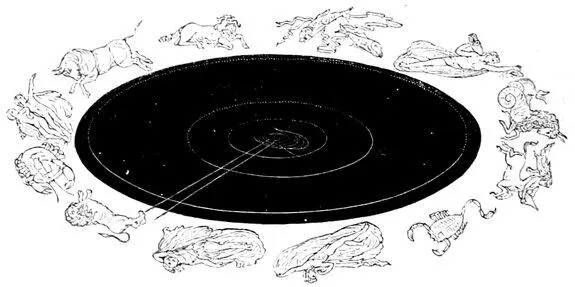
1. The authority for this manner of spelling the name is Hartknoch, Alt und Neues Preussen. The inscription, Nicolao Copernico, which appears on the plate, is a literal copy of the inscription on the original picture.
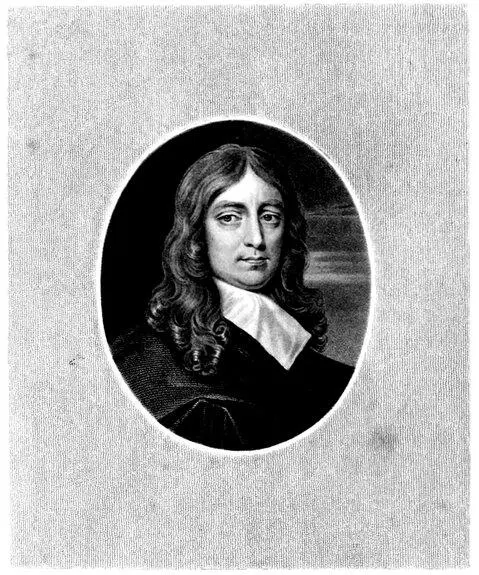
Engraved by T. Woolnoth. JOHN MILTON. From a Miniature of the same size by Faithorne. Anno 1667, in the possession of William Falconer Esq. Under the Superintendance of the Society for the Diffusion of Useful Knowledge. London. Published by Charles Knight, Pall Mall East.
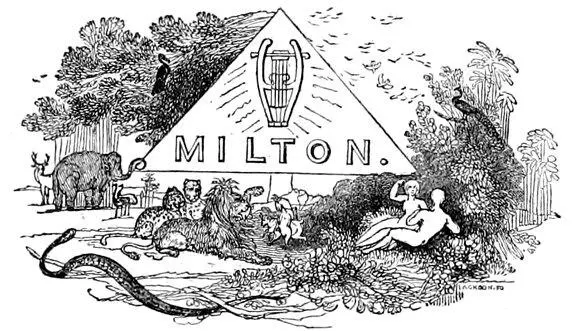
Table of Contents
That sanctity which settles on the memory of a great man, ought upon a double motive to be vigilantly sustained by his countrymen; first, out of gratitude to him, as one column of the national grandeur; secondly, with a practical purpose of transmitting unimpaired to posterity the benefit of ennobling models. High standards of excellence are among the happiest distinctions by which the modern ages of the world have an advantage over earlier, and we are all interested by duty as well as policy in preserving them inviolate. To the benefit of this principle, none amongst the great men of England is better entitled than Milton, whether as respects his transcendent merit, or the harshness with which his memory has been treated.
John Milton was born in London on the 9th day of December, 1608. His father, in early life, had suffered for conscience’ sake, having been disinherited upon his abjuring the popish faith. He pursued the laborious profession of a scrivener, and having realised an ample fortune, retired into the country to enjoy it. Educated at Oxford, he gave his son the best education that the age afforded. At first, young Milton had the benefit of a private tutor: from him he was removed to St. Paul’s School; next he proceeded to Christ’s College, Cambridge, and finally, after several years’ preparation by extensive reading, he pursued a course of continental travel. It is to be observed, that his tutor, Thomas Young, was a Puritan, and there is reason to believe that Puritan politics prevailed among the fellows of his college. This must not be forgotten in speculating on Milton’s public life, and his inexorable hostility to the established government in church and state; for it will thus appear probable, that he was at no time withdrawn from the influence of Puritan connections.
In 1632, having taken the degree of M.A., Milton finally quitted the University, leaving behind him a very brilliant reputation, and a general good will in his own college. His father had now retired from London, and lived upon his own estate at Horton, in Buckinghamshire. In this rural solitude, Milton passed the next five years, resorting to London only at rare intervals, for the purchase of books or music. His time was chiefly occupied with the study of Greek and Roman, and, no doubt, also of Italian literature. But that he was not negligent of composition, and that he applied himself with great zeal to the culture of his native literature, we have a splendid record in his ‘Comus,’ which, upon the strongest presumptions, is ascribed to this period of his life. In the same neighbourhood, and within the same five years, it is believed that he produced also the Arcades, and the Lycidas, together with L’Allegro, and Il Penseroso.
Читать дальше
